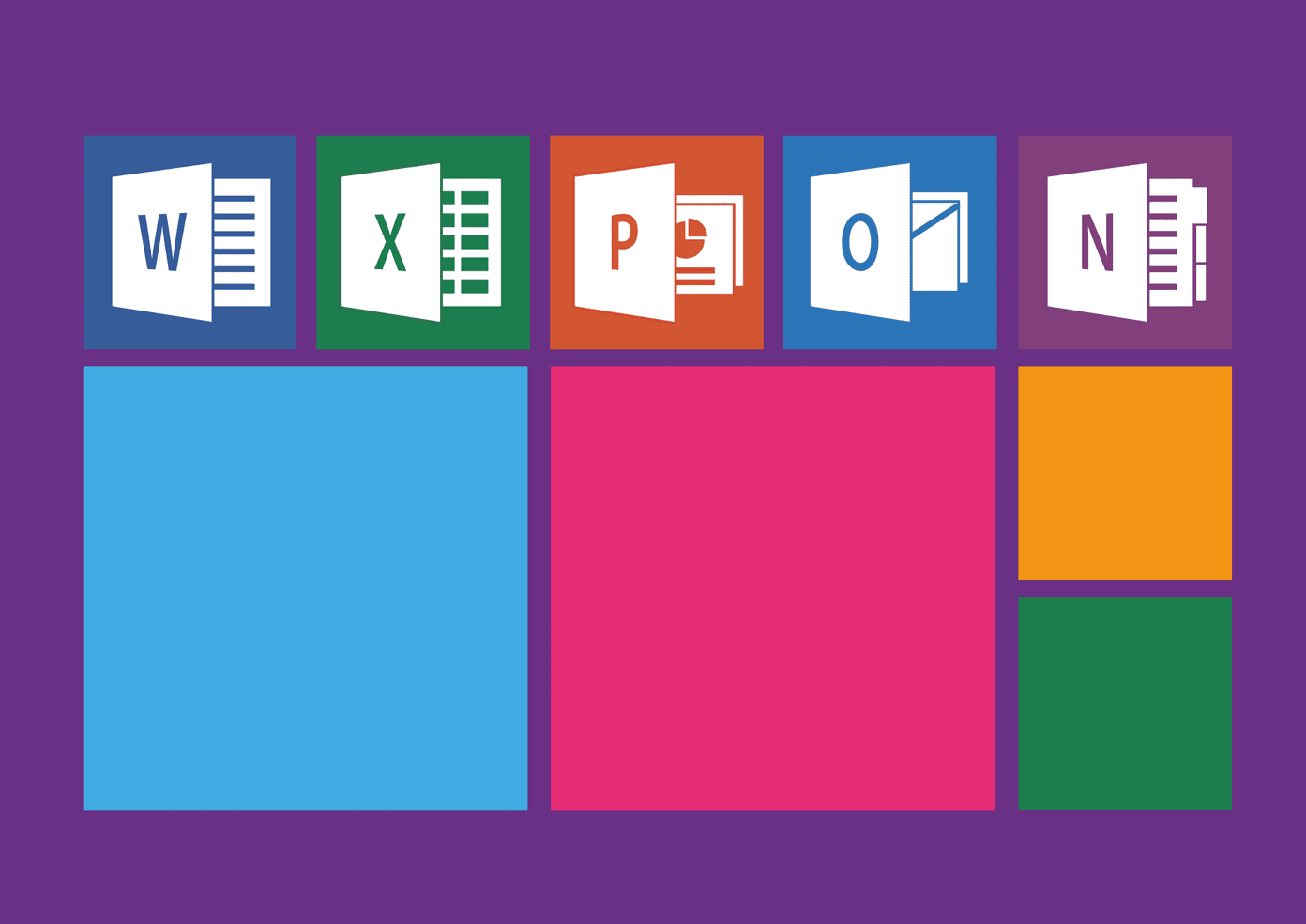While there are several benefits to using this format, it is not the only one out there. Today, we will be looking at the DjVu format (pronounced déjà vu) and exploring how it differs from the well-known PDF format.
An Overview: DjVu Vs PDF
The DjVu document format makes use of novel compression techniques in order to produce files which are both of high quality as well as small in size. According to DjVu.org, the DjVu format was around since 1996. It came to fruition due to the need for high-quality files derived from the scanning of physical documents which would not take up a tremendous amount of space. Here are the major benefits of this format outlined.
System Resources
It should be noted that due to the nature of how compression of images is handled with DjVu, the format is usually easier on RAM. Instead of decompressing entire images in documents, with this format, only the part of the image that is displayed on the user’s screen is decompressed.
Separation of Layers
Aside from that, the backbone of the favorable size of a DjVu file comes about from the way the different layers of a DjVu document are separated. Paper texture and images in the background are separated from text and line diagrams in the foreground. This way images can be compressed but not the text, leaving behind an image of acceptable quality and sharp text. This is quite different to traditional formats such as PDF where this separation doesn’t typically occur, meaning that in order to achieve overall respectable levels of quality, the size of the file is usually larger than that of a DjVu file.
Speed
DjVu files also open more quickly. Instead of being opened at full quality, the file is initially opened at a lower quality and the quality is raised gradually until it is where it needs to be.
Conclusion
To sum up, DjVu files provide a great balance between quality and size. DjVu files are inherently smaller than PDF files, making them excellent candidates for use in a web environment and in general for electronic viewing. However, PDFs are capable of providing higher quality images, which is necessary in some cases. For instance, although it might be desired that the PDF be able to be viewed on a computer, it may have been solely created for the purpose of printing it later. The other disadvantage is a little more obvious. PDF use is much more widespread and is pretty much compatible across the board. It is largely viewed as the standard for electronic documents. DjVu, however, is not as widely used and there are much fewer programs out there that support the program when compared to PDFs. Honestly, both formats have their own benefits. It is my opinion that one shouldn’t necessarily be given precedence over the other. Instead, they should be used where appropriate. If you care to explore the DjVu format some more and are in need of a viewer, WinDjView/MacDjView can do the job and it is supported on both Mac and Windows. Sumatra PDF for Windows supports multiple formats including PDF and DjVu and is worth checking out. If you have any feedback, please let us know in the comments below and thank you for reading. SEE ALSO: How to Open Various Document Formats Directly in Chrome and Firefox The above article may contain affiliate links which help support Guiding Tech. However, it does not affect our editorial integrity. The content remains unbiased and authentic.








![]()



